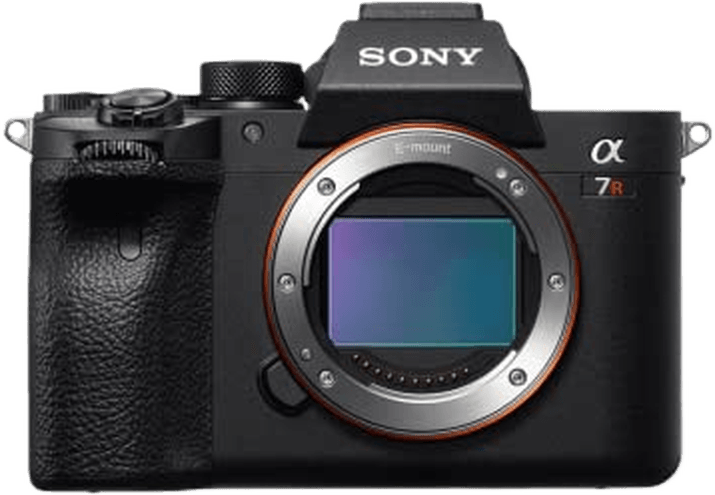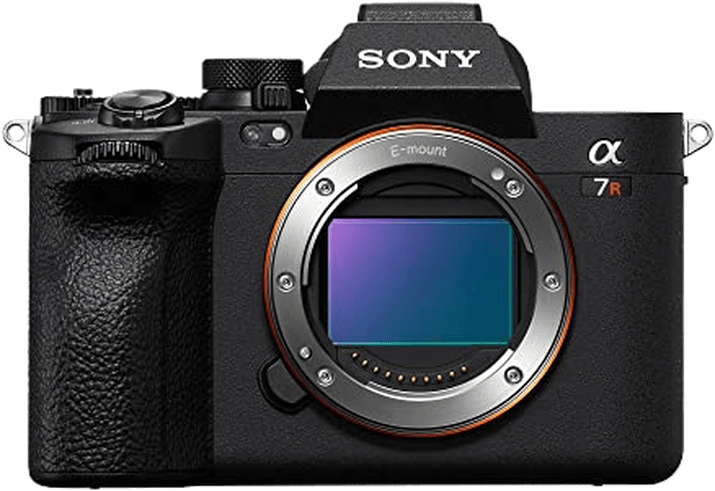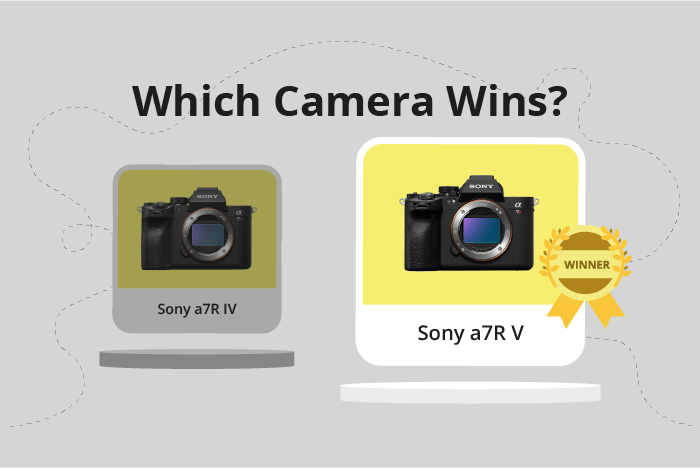Sony a7R IV vs a7R V Comparison
Sony a7R IV

Sony a7R V

The Sony a7R V takes the lead with a score of 85/100, just one point ahead of the Sony a7R IV‘s 84/100. Both cameras are mirrorless and share similar dimensions, with the a7R V being slightly larger at 131 x 97 x 82mm compared to the a7R IV’s 129 x 96 x 78mm. They also have a similar weight, with the a7R V weighing 723g and the a7R IV at 665g.
The higher score of the a7R V is a testament to its improvements over the a7R IV. However, it’s worth noting that the a7R IV is still a strong contender, especially considering its lower launch price of $3500 compared to the a7R V’s $3999.
While the a7R V has the advantage in terms of overall score, the a7R IV remains a viable option for those looking to save money without sacrificing too much in terms of performance and features. Ultimately, both cameras offer impressive specifications, and the choice between them will largely depend on individual preferences and budget considerations.
Sony a7R IV vs a7R V Overview and Optics
The Sony a7R IV and Sony a7R V both scored 85/100 for optics, indicating no clear winner between the two. They share several specifications, such as having 61.2 and 61 megapixels, respectively, a shooting speed of 10, a CMOS sensor, a full frame sensor size, a Sony FE lens mount, and image stabilization.
The Sony a7R IV has a slight edge in sensor performance with a DXOMARK score of 99, compared to the a7R V’s 94. This higher score reflects a better sensor quality in the a7R IV, which can result in improved image quality. Additionally, the a7R IV uses a Bionz X processor, while the a7R V employs a Bionz XR processor. The difference in processors does not directly affect the optics score, but it may influence other aspects of the camera’s performance.
On the other hand, the Sony a7R V is not necessarily worse than the a7R IV in terms of optics. The difference in DXOMARK scores is relatively small, and both cameras have high-quality sensors that produce excellent images. Moreover, the a7R V’s Bionz XR processor may offer other benefits, such as faster processing speeds and improved noise reduction, which can indirectly contribute to the overall image quality.
Considering the identical optics scores and the shared specifications, the Sony a7R IV and Sony a7R V are both strong contenders in the camera market. The a7R IV has a slightly better sensor performance, while the a7R V may offer advantages in other areas. Ultimately, photographers should base their decision on their specific needs and preferences, as both cameras have the potential to deliver outstanding results.
Sony a7R IV vs a7R V Video Performance
The Sony a7R V emerges as the winner in the video capabilities comparison, scoring a perfect 100/100, while the Sony a7R IV lags behind with a score of 70/100. Both cameras share some common video features, such as having built-in time-lapse functionality, which allows for creative and dynamic video creation.
The Sony a7R V outshines the a7R IV in terms of video resolution and frame rate. With an impressive 8K maximum video resolution and dimensions of 7680 x 4320, the a7R V offers significantly higher image quality and detail compared to the a7R IV, which has a maximum video resolution of 4K and dimensions of 3840 x 2160. Additionally, the a7R V boasts a maximum video frame rate of 120fps, allowing for smoother and more professional-looking footage, whereas the a7R IV’s maximum frame rate is limited to 30fps.
Despite the lower video score, the Sony a7R IV still performs well in its own right, offering 4K video resolution and time-lapse functionality. It may be more suitable for casual video shooters or those with less demanding video requirements. However, it cannot compete with the superior video capabilities of the a7R V.
Taking each point into account, the Sony a7R V is the clear choice for those seeking advanced video features, higher resolution, and smoother frame rates. On the other hand, the Sony a7R IV remains a viable option for those less focused on video capabilities but still desiring quality footage and time-lapse functionality.
Sony a7R IV vs a7R V Features and Benefits
The Sony a7R V emerges as the winner with a feature score of 87 out of 100, compared to the Sony a7R IV, which scores 83 out of 100. Both cameras share several specifications, including a touchscreen, flip screen, WIFI, and Bluetooth capabilities. However, they lack GPS functionality.
The Sony a7R V surpasses the a7R IV in terms of screen size and resolution. The a7R V has a 3.2-inch screen, while the a7R IV has a slightly smaller 3-inch screen. The a7R V also boasts a higher screen resolution of 2,100,000 dots, compared to the a7R IV’s 1,440,000 dots. These improvements provide the a7R V with a clearer, more detailed display and an enhanced user experience.
While the Sony a7R IV has a lower feature score, it still offers numerous advantages. It shares the same core specifications as the a7R V, such as a touchscreen, flip screen, WIFI, and Bluetooth. Despite its smaller screen size and lower resolution, the a7R IV remains a reliable and versatile camera that meets the needs of many photographers.
The Sony a7R V’s superior screen size and resolution make it the more attractive option for photographers who prioritize a high-quality display. However, the a7R IV remains a viable choice for those who value the essential features both cameras share. Ultimately, the decision between the two models depends on the individual’s preferences and priorities.
Sony a7R IV vs a7R V Storage and Battery
The Sony a7R IV outperforms the Sony a7R V in storage and battery, scoring 79/100 compared to the a7R V’s 73/100. Both cameras have two memory card slots and USB charging capabilities. They also use the same NP-FZ100 battery type.
The a7R IV has a longer battery life of 670 shots, significantly more than the a7R V’s 530 shots. This advantage allows photographers to capture more images before needing to recharge or replace the battery. The a7R IV also supports SD/SDHC/SDXC (UHS-II compatible) memory cards.
On the other hand, the a7R V has the added flexibility of accepting not only SD/SDHC/SDXC cards but also CFexpress Type A cards. This versatility may be beneficial for users who already own or prefer CFexpress Type A cards.
Considering these points, the Sony a7R IV offers a more extended battery life, making it better suited for longer shooting sessions. The Sony a7R V, however, provides more storage versatility with its additional memory card compatibility.
Alternatives to the Sony a7R IV and a7R V
Are you still undecided about which camera is right for you? Have a look at these popular comparisons that feature the Sony a7R IV or the Sony a7R V:

